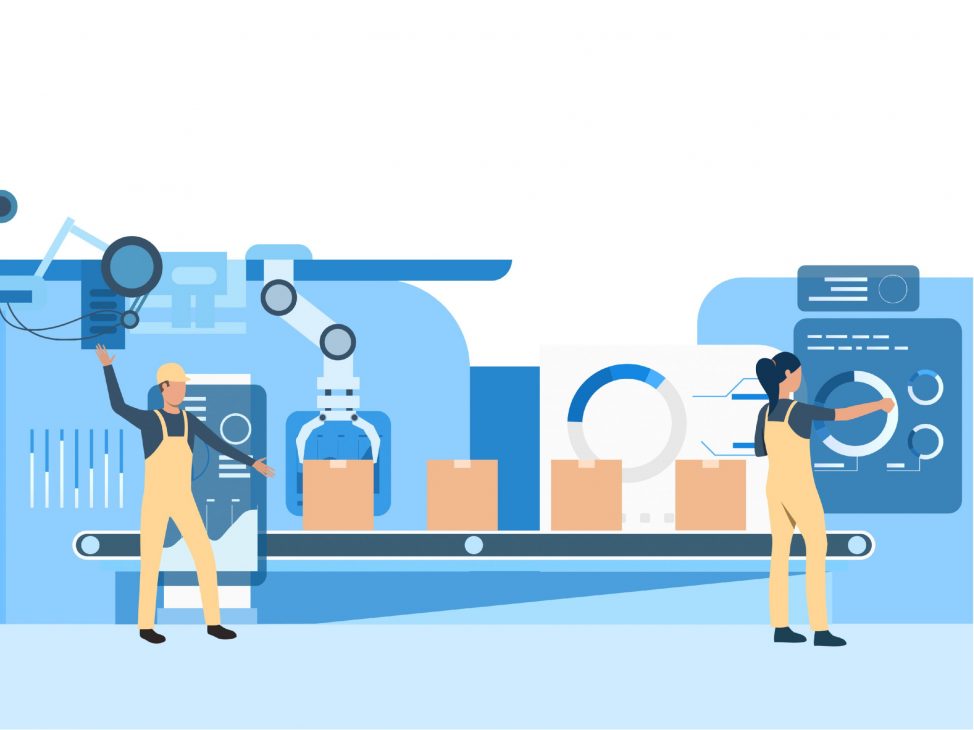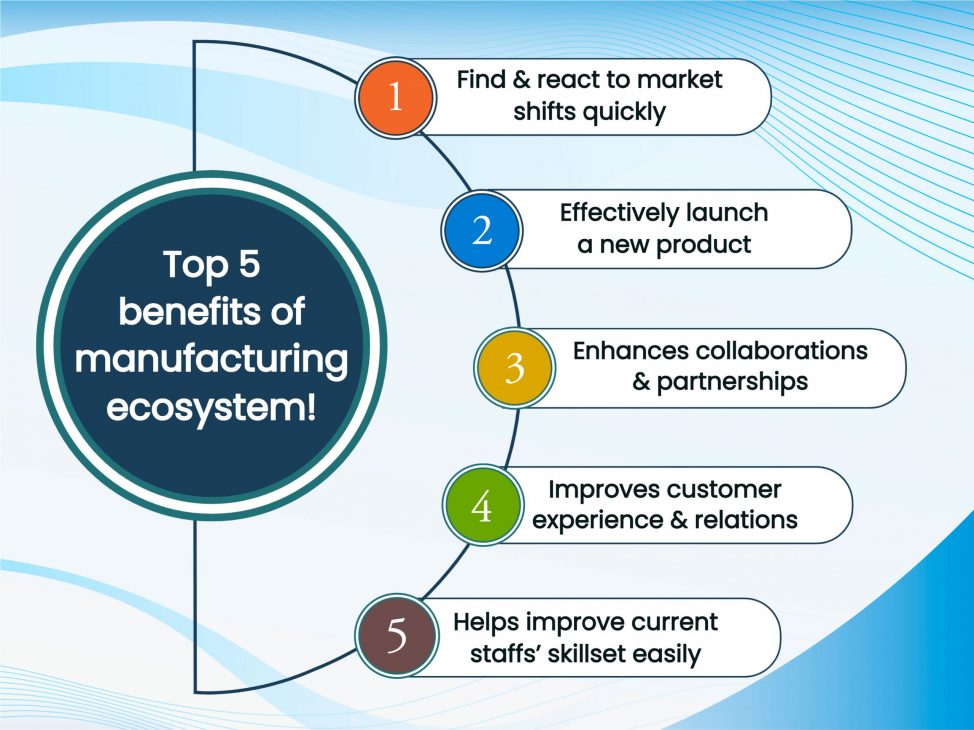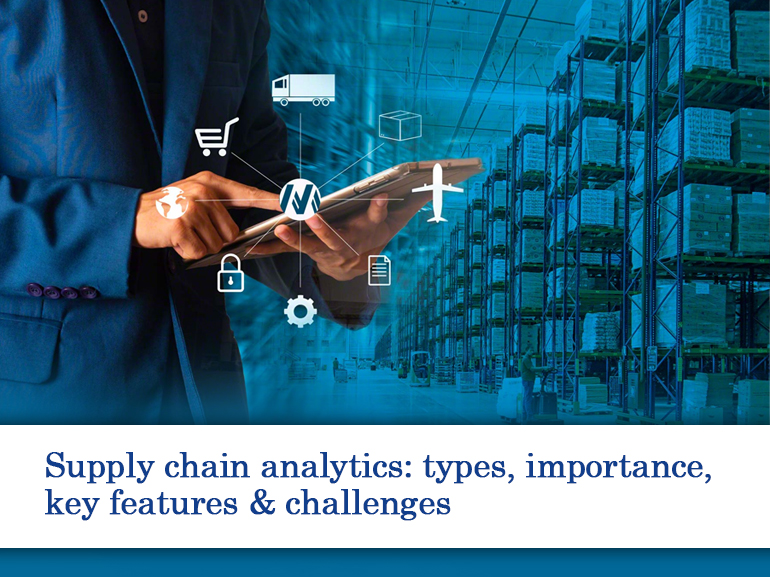Why is manufacturing ecosystem an important part of the industry in 2023?
Many companies use supply chain analytics to make data-driven decisions. Analysts use summarized data to gain insight or extract value from a large amount of information.
Initially, the analysis helped in finding relevant statistics and a few KPIs that predicted future demand. But since then, cloud-based platforms have helped store and share large amounts of data easily. Because the technology was able to process data faster and more effectively, many companies have adopted this method of data analysis for the supply chain management. Each organisation prefers a different method of analysis that helps its growth. This is because every analysis process has its unique feature and output.
Find out more about these analytics, their importance, along with features, and more right here.
DIFFERENT TYPES OF SUPPLY CHAIN ANALYTICS

The world of digital ecosystems
Though everything is digitalised, it is not enough! What matters here more than digitisation is the efficient use of digitisation. The best way to do this is by creating an organised system that allows the harmonic flow of communication & information. That is exactly what a digital ecosystem is. But how can this help improve the production process in manufacturing?
How does a digital ecosystem benefit the manufacturing industry?
As the world progresses so does the manufacturing industry. Today we in the manufacturing industry are partnering up with not only vendors, and sales outlets, we are also teaming up with tech support, freelance staff, and trade schools. This way we are building our own manufacturing ecosystem. To help bring all of these together, we build a manufacturing digital ecosystem. Once build and in play, it offers various benefits. Keep reading to find out!
In the case of manufacturing, digital ecosystems are extremely beneficial. Every manufacturer knows that there are numerous factors that are part of the journey of fabricating a product. It includes distributors, suppliers, vendors, dealers, consultants, and various others. These entities include a diverse range of people with languages and cultures. This can sometimes cause a breakdown in communication or misinterpretation, therefore, can lead to a delay in the “time-to-market” launch of the product. Hence why we need digital ecosystems.

What are the challenges we have with digital manufacturing ecosystems?
Though the digital ecosystem is built to reduce problems and improve productivity, there are a few challenges that are a part of this system. They include:
1. Resistance towards the new changes.
2. Lack of knowledge and experience handling the system.
3. Risk of cyber threats and overlook of cyber security.
4. Lack of IT resources and management.
The industry is evolving day by day. As we progress into the Industry 5.0 era, there are a few things a manufacturing business must do to improve production efficiency and satisfy the end consumer. One such thing includes digitisation and manufacturing digital ecosystem. Even at Radiant, you can see that we do our best to stay ahead of such trends to ensure 100% customer satisfaction! To learn, more about such industry topics, visit the Radiant Appliances & Electronics website!



